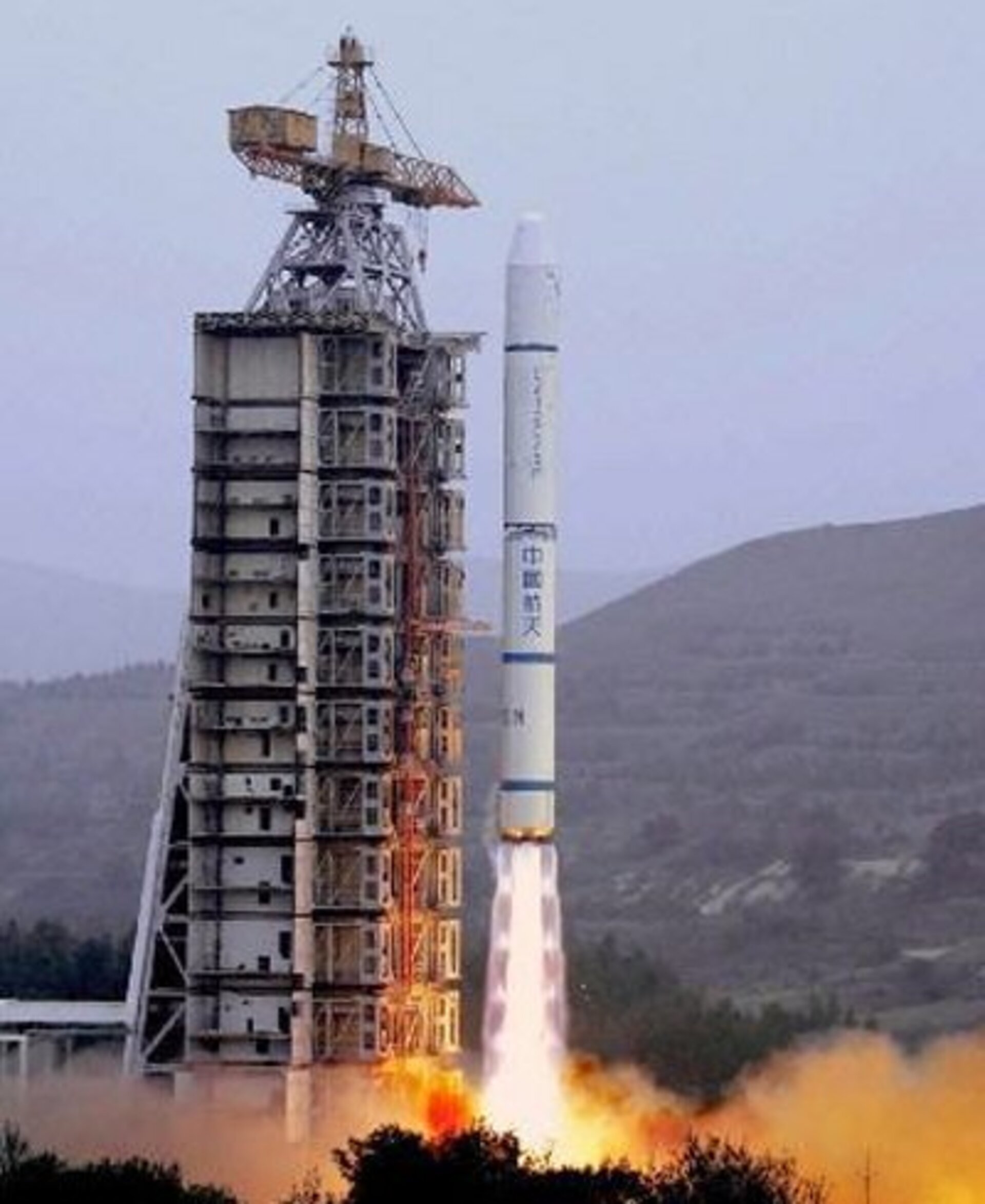
Long March 2C/SM
In-activeChina Aerospace Science and Technology Corporation (CASC)
Dec. 29, 2003
Description
The Long March 2C is a family of expendable launch vehicles made and operated by China. It is a two stage launch vehicle with storable propellants, consisting of Nitrogen Tetroxide and Unsymmetrical Dimethylhydrazine.
Specifications
-
Stages
3 -
Length
42.0 m -
Diameter
3.35 m -
Fairing Diameter
3.35 m -
Launch Mass
233.0 T -
Thrust
2962.0 kN
Family
-
Name
Long March 2C/SM -
Family
― -
Variant
C/SM -
Alias
― -
Full Name
Long March 2C/SM
Payload Capacity
-
Launch Cost
― -
Low Earth Orbit
3850.0 kg -
Geostationary Transfer
Orbit
1440.0 kg -
Direct Geostationary
― -
Sun-Synchronous Capacity
―
China Aerospace Science and Technology Corporation
Government
Chairman & President: Lei Fanpei
CASC 1999The China Aerospace Science and Technology Corporation (CASC) is the main contractor for the Chinese space program. It is state-owned and has a number of subordinate entities which design, develop and manufacture a range of spacecraft, launch vehicles, strategic and tactical missile systems, and ground equipment. It was officially established in July 1999 as part of a Chinese government reform drive, having previously been one part of the former China Aerospace Corporation. Various incarnations of the program date back to 1956.
Long March 2C/SM | Tan Ce 2
China Aerospace Science and Technology Corporation | ChinaTaiyuan Satellite Launch Center, People's Republic of China
July 25, 2004, 7:05 a.m.
Long March 2C/SM | Tan Ce 1
China Aerospace Science and Technology Corporation | ChinaXichang Satellite Launch Center, People's Republic of China
Dec. 29, 2003, 7:06 p.m.
Status: Launch Successful
Mission:
The Double Star spacecraft, called also Tan Ce (TC) which in Chinese means ‘Probe‘, is a joint Chinese and ESA mission to study the effect of the Sun on the Earth's environment. The polar spacecraft (TC-2) will monitor the energy input from the solar wind into the polar ionosphere. The equatorial spacecraft (TC-1) will investigate the so-called substorm process, when it is in the Earth's magnetotail, and the entry of solar particle on the front side of the magnetosphere.
Elliptical OrbitFalcon 9
CSG-3
Space Launch Complex 4E - Vandenberg SFB, CA, USACSG-3 is an Earth observation satellite for the Italian Space Agency, part of a reconnaissance constellation using synthetic aperture radars operatin…
Long March 7A
Shijian 29 A-B
201 - Wenchang Space Launch Site, People's Republic of China2 satellites officially described as for "demonstration of new technologies for spatial targets detection" purposes.
Long March 4B
Tianhui 7
Launch Area 94 (SLS-2 / 603) - Jiuquan Satellite Launch Center, People's Republic of ChinaA satellite officially described as for cartography purposes, details TBD.
Soyuz 2.1b/Fregat-M
AIST-2T 01 & 02
Cosmodrome Site 1S - Vostochny Cosmodrome, Siberia, Russian FederationA pair of Russian optical Earth observation satellites built by the Progress Rocket Space Centre for obtaining stereo images of the Earth's surface, …
Long March 3B/E
Fengyun-4C
Launch Complex 2 (LC-2) - Xichang Satellite Launch Center, People's Republic of ChinaChina's geostationary meteorological satellite program FY-4 (Feng Yun 4) is the second generation of chinese geostationary meteorological satellites.

